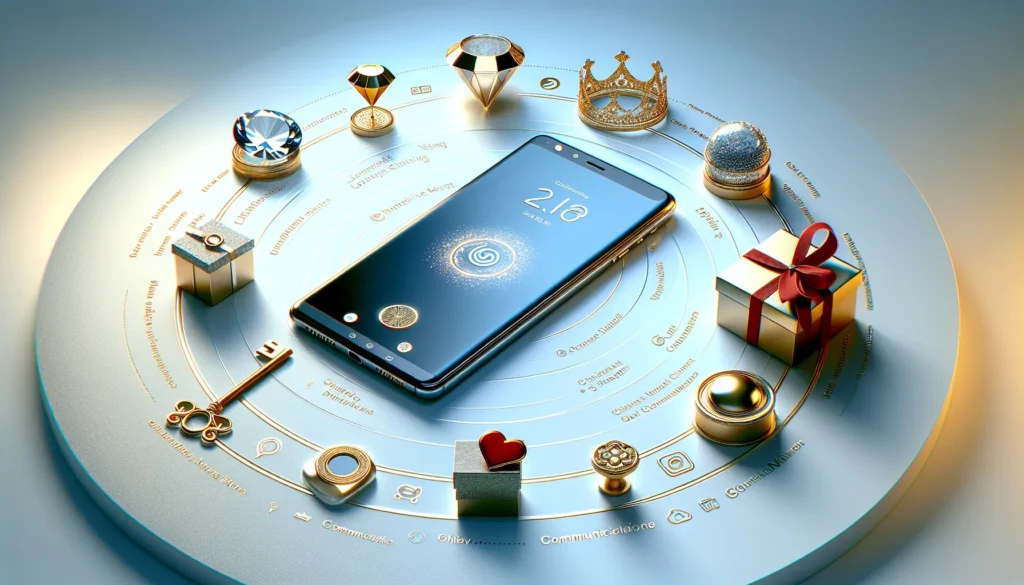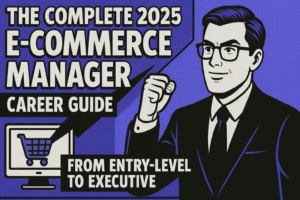Building Customer Loyalty through DTC Marketing: Approaches & Examples
Tapping into the wisdom of industry veterans, this article unveils proven strategies for fostering customer devotion in direct-to-consumer marketing. Discover actionable approaches and real-world examples that reveal how brands can transform casual shoppers into loyal advocates. Learn how to forge strong connections with customers, ensuring they feel recognized and appreciated, and see how tailored rewards can amplify their loyalty.
- Create Personalized Value-Driven Experiences
- Form Habits Through Post-Purchase Engagement
- Turn Customers Into Raving Fans
- Make Customers Feel Seen and Valued
- Offer Personalized and Meaningful Rewards
Create Personalized Value-Driven Experiences
My approach to building customer loyalty through direct-to-consumer (DTC) marketing revolves around creating personalized, value-driven experiences that resonate with customers on a deeper level. It's about building a relationship, not just a transaction. One key strategy is focusing on customer engagement through tailored communication, whether it's via email, social media, or loyalty programs. For example, with one brand I worked with, we implemented a customized loyalty program that rewarded customers based on their specific preferences and purchase behavior. This was paired with exclusive content and early access to new products, making customers feel valued beyond just the purchase.
The results were clear: higher repeat purchase rates and a more engaged customer base. By offering rewards that aligned with their personal interests and making them feel like part of an exclusive community, we built stronger emotional ties to the brand. This not only improved retention but also turned customers into advocates, driving organic growth. Building customer loyalty isn't just about offering a product—it's about building a relationship that's centered on trust and personalization.
 Georgi Petrov
Georgi Petrov
CMO, Entrepreneur, and Content Creator, AIG MARKETER
Form Habits Through Post-Purchase Engagement
Customer loyalty in DTC marketing isn't about discounts--it's about habit formation. A one-time sale means nothing if the customer forgets the brand.
The key? Personalized post-purchase engagement. After a first purchase, I send an automated but highly tailored follow-up. Not just a thank-you but product care tips, usage hacks, or a short quiz that recommends complementary items. This keeps the customer engaged beyond the transaction.
One example is a subscription-based skincare brand I worked with. Instead of pushing repeat purchases, we built an educational email series that walked customers through skin adaptation cycles. People stayed subscribed not for the product but for the journey. Retention increased by 28%, and customers actively engaged with the brand between purchases.
The lesson is that loyalty isn't bought; it's built through consistent, valuable interactions that make customers feel invested.
 Fahad Khan
Fahad Khan
Digital Marketing Manager, Ubuy Nigeria
Turn Customers Into Raving Fans
My approach to building customer loyalty (assuming you have developed a great product that works and is worthy of being loyal to) is all about creating content that turns indifferent customers into raving fans of your brand. This way, whenever you come up in conversation, you have a natural salesperson in the room representing your business with passion.
The science-backed, most effective way to create this sort of hype around your brand is storytelling. The human brain is wired to best receive information in the form of a story, where people can empathize and connect with the information they're being given.
As cliché as it may be, Nike is a textbook example of this. People don't just naturally rally around shoes like they rally around Nike, and that's because of the associations they have built - blanketing their brand in achieving greatness, winning championships, and "just doing it." By sharing stories of some of the greatest athletes, consumers become emotionally invested and loyal to Nike over other shoe brands.
So how do I apply these principles with my DTC clients? I focus on ensuring they share stories that their target audience connects with, finds interesting, and feels impacted by. A strong story creates a strong relationship with the consumer.
 Tommy Brennan
Tommy Brennan
Chief Storyteller, Firesong Creative
Make Customers Feel Seen and Valued
Customer loyalty comes from making people feel seen--not sold to. At Turtle Strength, we knew we couldn't compete with big brands on size or budget, so we focused on something they often miss: personal connection. From day one, every order came with a unique handwritten note--name included--with a message like "Hi John, Thanks for the order. Lift Heavy Dream Big. Adam @ Turtle Strength." It wasn't just a thank you; it tied back to our brand story about putting in the hard work, even when no one's watching.
Lately, we've started trialing short personalized video messages that are sent to customers after they buy. We thank them by name, talk about how to use the product, and reinforce what the brand stands for. It's simple but powerful. We've had direct replies from customers saying it made their day--and we've already seen repeat orders as a result. We're not just shipping gym gear. We are trying to build a movement that people can connect to personally, which ultimately builds brand loyalty.
 Adam Boucher
Adam Boucher
Director, Turtle Strength
Offer Personalized and Meaningful Rewards
Building customer loyalty in DTC marketing starts with personalization and meaningful value exchange. My approach is to offer loyalty rewards that actually matter to returning customers—things like early access, time-sensitive discounts, or exclusive bundles—triggered by behaviors like repeat purchases or account anniversaries.
One specific tactic that has worked well is offering tiered rewards in exchange for basic data. For example, a skincare brand we worked with collected email sign-ups by offering first-time discounts. Over time, returning customers received exclusive offers tied to their purchase history and tenure—like a special deal after 6 months of loyalty. These were automated and personalized, driving both higher retention and stronger email engagement.
When customers see that loyalty leads to real benefits—not just generic points—it builds trust and keeps them coming back.
 Dan Taylor
Dan Taylor
Partner, SALT.agency



